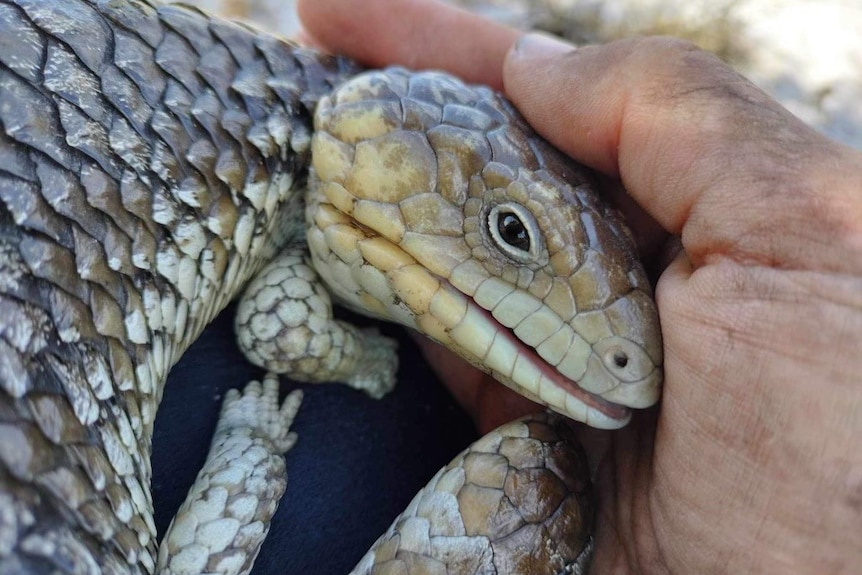Wildlife carers are still finding animals injured on the scorched earth where fires tore through properties and bushland north of Perth this summer.
Carers are doing “black walks” after bushfires burnt through properties in Mariginiup in November and another blaze burnt through more than 400 hectares in the Chittering and Gingin areas in January.
During coordinated “black walks”, volunteers scour the blackened landscape for wildlife that has been injured and requires treatment or euthanasia following a bushfire.
Their injuries often include smoke inhalation and burnt feet and limbs.
The volunteer groups initially had to shoot 85 kangaroos and now have more than 90 reptiles from the Mariginiup area in their care as peat moss continues to burn underground.
Extreme fire danger ratings barred wildlife carers from entering some of the burnt areas in Gingin until mid-February, but they have since had to euthanase more than 200 kangaroos injured in the January blaze.

Chairman of Chittering Wildlife Carers Dean Arthurell said animals were returning to habitats that were still too hot for them.
“Some of the animals survive, they get out of the way, but their instinct tells them to return to their normal feeding grounds,” Mr Arthurell said.
“As a result of that, they navigate through burnt areas, which are still incredibly hot, and then they unfortunately receive more injuries from moving across that hot ground.”

Kangaroos, snakes, bobtails, and other lizards are among the animals that have been picked out of the landscape and are now being treated by carers.
Extreme fire danger ratings in the Gingin–Chittering area have frustrated rescuers, who can only do “black walks” when the conditions are safe.
“Some of them [animals] have been suffering for quite extended periods of time,” Mr Arthurell said.

Vice-chair of Wildlife Care WA, Lyn Manuel, said the low-conservation status of most of the animals meant there was no state or local government assistance for rescuers’ efforts.
Ms Manuel said carers were now trying to find a suitable place to release many of their animals as urban development plans prevented returning them to Mariginiup.
“How can we put them back into an area where the whole area’s going to be cleared?” she said.
Mr Arthurell said the group of carers had been setting up feed and watering stations where they had permission to do so on private properties using stock food donated by local businesses.
He said any locals who came across injured wildlife should contact their local wildlife carers, vet, or ranger.
Get our local newsletter, delivered free each Thursday
